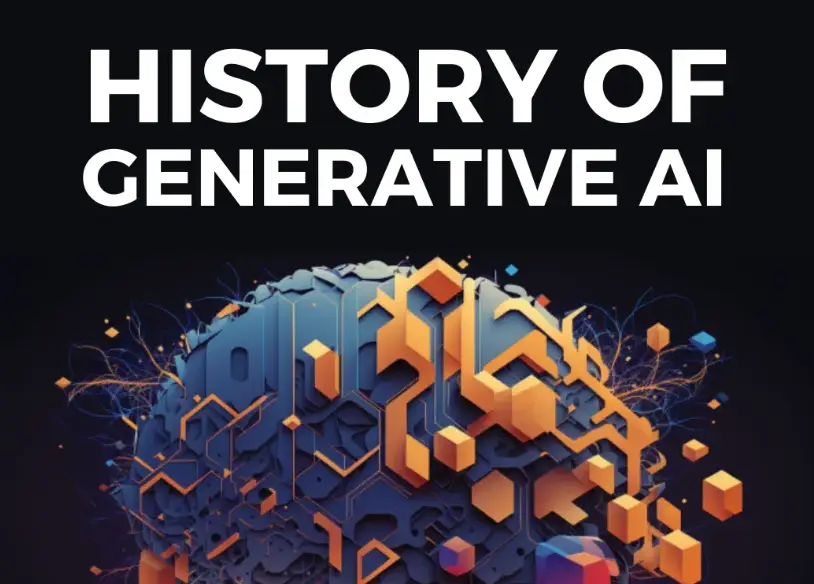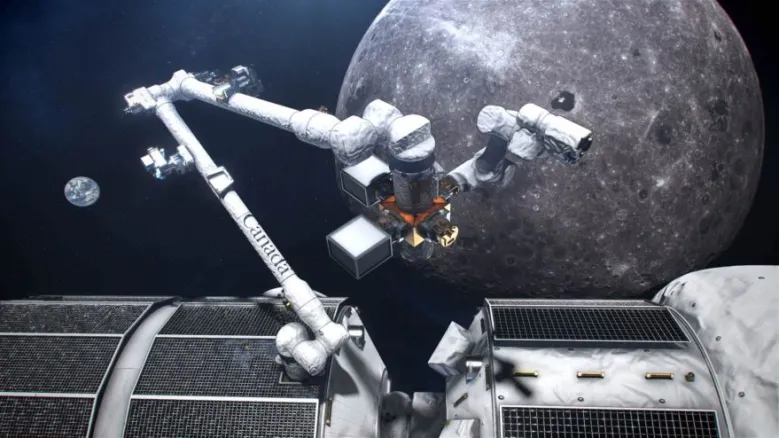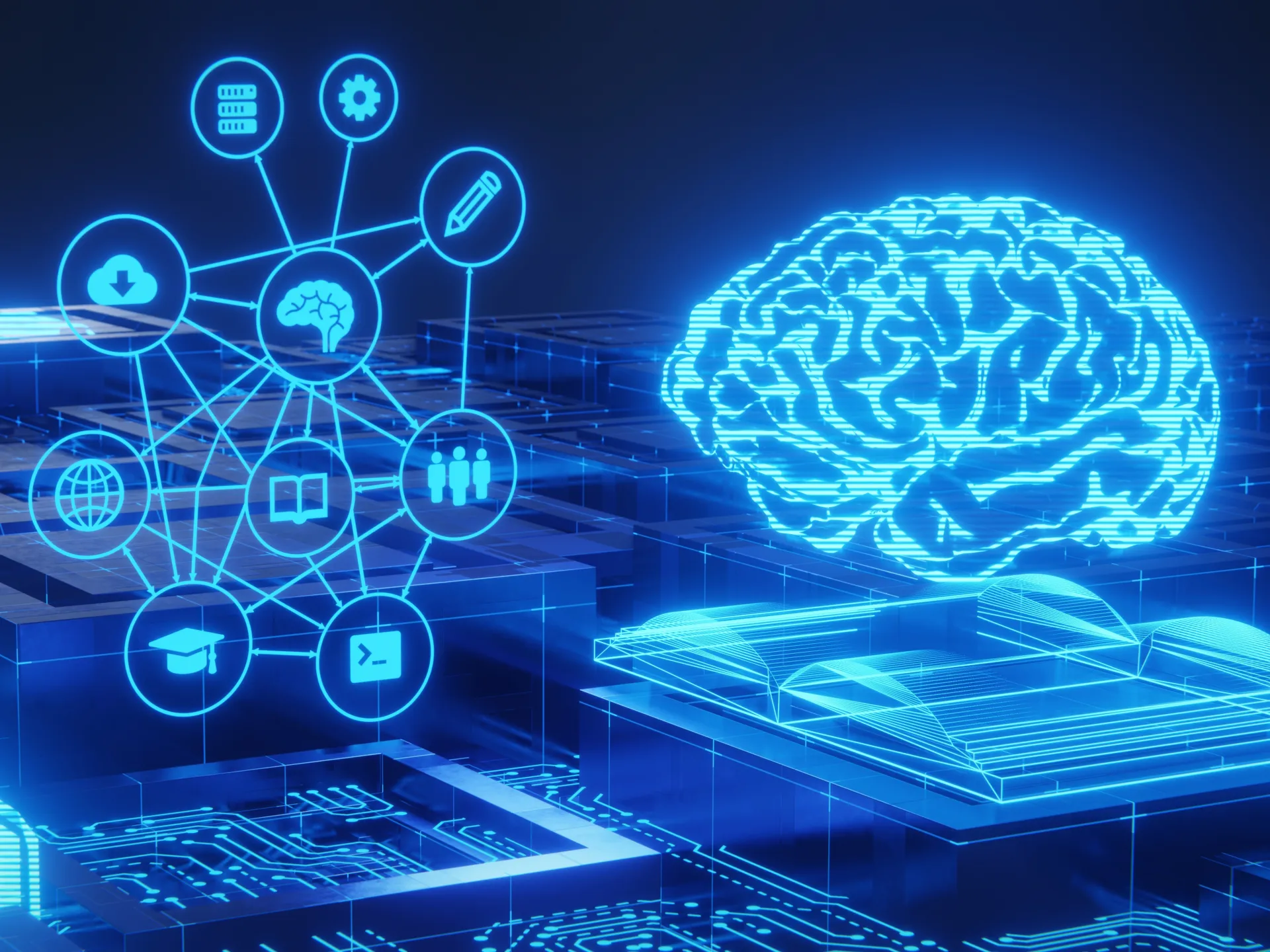Generative AI has come a long way from theoretical concepts to powerful real-world applications that are reshaping industries today. Understanding its history helps us appreciate the evolution of this groundbreaking technology and anticipate its future.
1. Origins in Artificial Intelligence (1950s–1980s)
The roots of generative AI trace back to the early days of artificial intelligence research. In the 1950s, pioneers like Alan Turing proposed the idea of machines that could simulate human thinking. The development of rule-based systems and symbolic AI in the following decades laid the groundwork for machine-generated outputs, although these systems lacked learning capabilities.
2. Emergence of Machine Learning (1990s)
The 1990s saw a shift from rule-based systems to data-driven machine learning. Algorithms like decision trees and support vector machines began outperforming symbolic AI. Although generative AI was not yet mainstream, the foundations for learning from data were established.
3. Rise of Deep Learning (2010s)
The 2010s marked a breakthrough era for generative AI, thanks to deep learning and the availability of large datasets and powerful GPUs. Neural networks, especially convolutional and recurrent neural networks, enabled machines to recognize patterns and generate outputs.
4. Introduction of Generative Adversarial Networks (GANs) – 2014
In 2014, Ian Goodfellow and his team introduced Generative Adversarial Networks (GANs)—a revolutionary architecture that allowed machines to create realistic images, videos, and audio. GANs work by pitting two neural networks against each other (generator vs. discriminator) to refine generated outputs, leading to rapid advancements in creative AI.
5. Advancements in Natural Language Generation – 2018 Onwards
OpenAI released GPT-1 in 2018, marking a turning point in natural language generation. This was followed by GPT-2 in 2019, which gained attention for its ability to write coherent essays, poems, and articles.
The release of GPT-3 in 2020 significantly improved performance with 175 billion parameters. It could perform tasks like translation, summarization, and conversation with minimal prompts. This leap forward demonstrated the commercial and creative potential of large language models (LLMs).
6. Diffusion Models and Image Generation – 2021–2022
Tools like DALL·E and Stable Diffusion introduced new ways to generate images from text. These models used diffusion techniques to create high-quality visuals, making AI-generated art widely accessible.
7. Conversational AI and GPT-4 – 2023
OpenAI’s GPT-4, launched in 2023, offered improved reasoning, contextual understanding, and multimodal capabilities. It could interpret images, answer complex questions, and power tools like ChatGPT, which became one of the most widely used AI platforms globally.
8. Expansion Across Industries (2023–2025)
Generative AI tools have since been adopted across sectors—marketing, healthcare, finance, education, and entertainment. AI-generated content, images, code, and videos are now common in daily workflows, with tools like Midjourney, Sora, Runway, and Jasper leading innovation.
Conclusion
From simple rule-based programs to sophisticated models that generate human-like content, the history of generative AI reflects continuous progress driven by research, computing power, and real-world demand. As we look ahead, the story of generative AI is far from over—it’s only just beginning.







Leave feedback about this